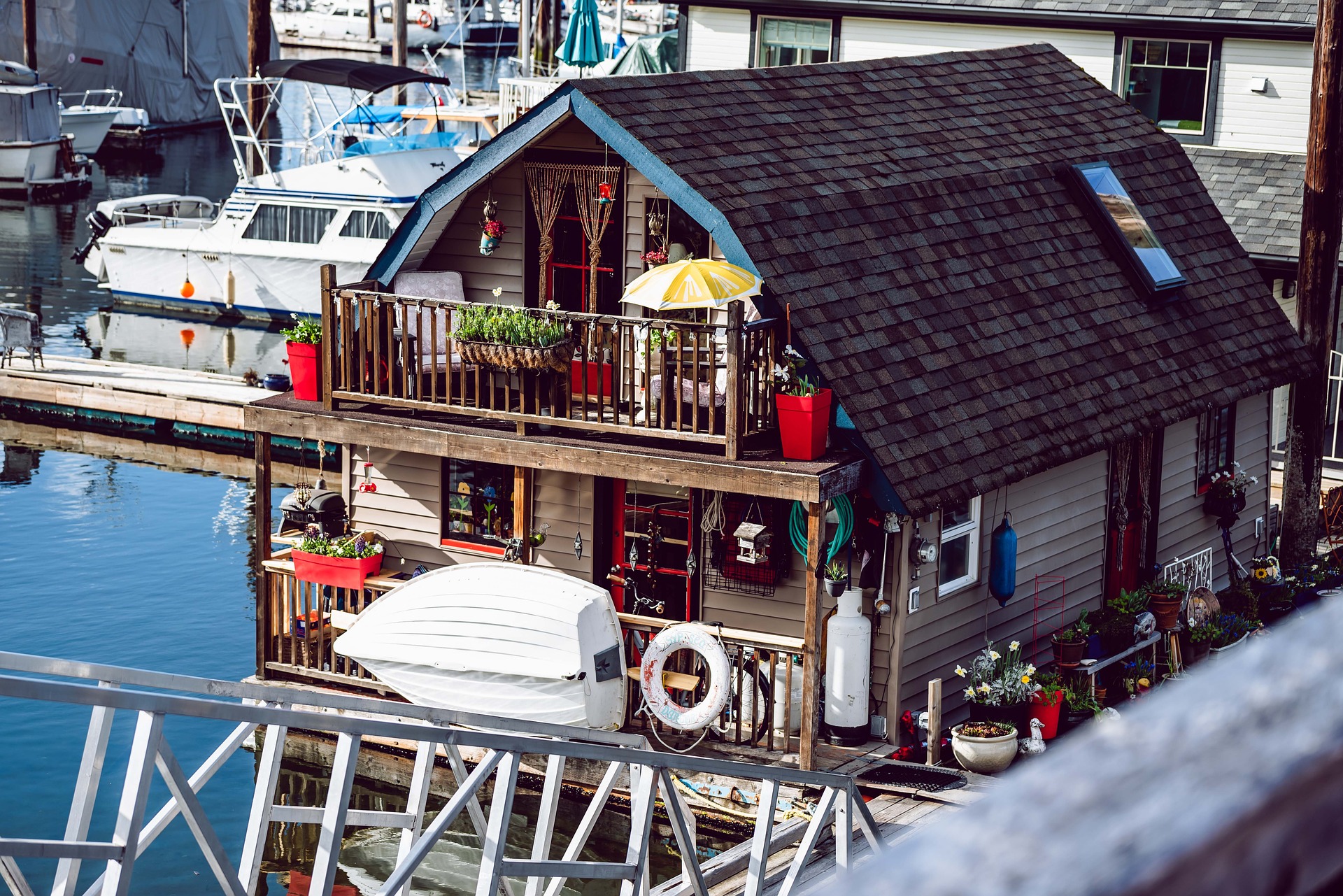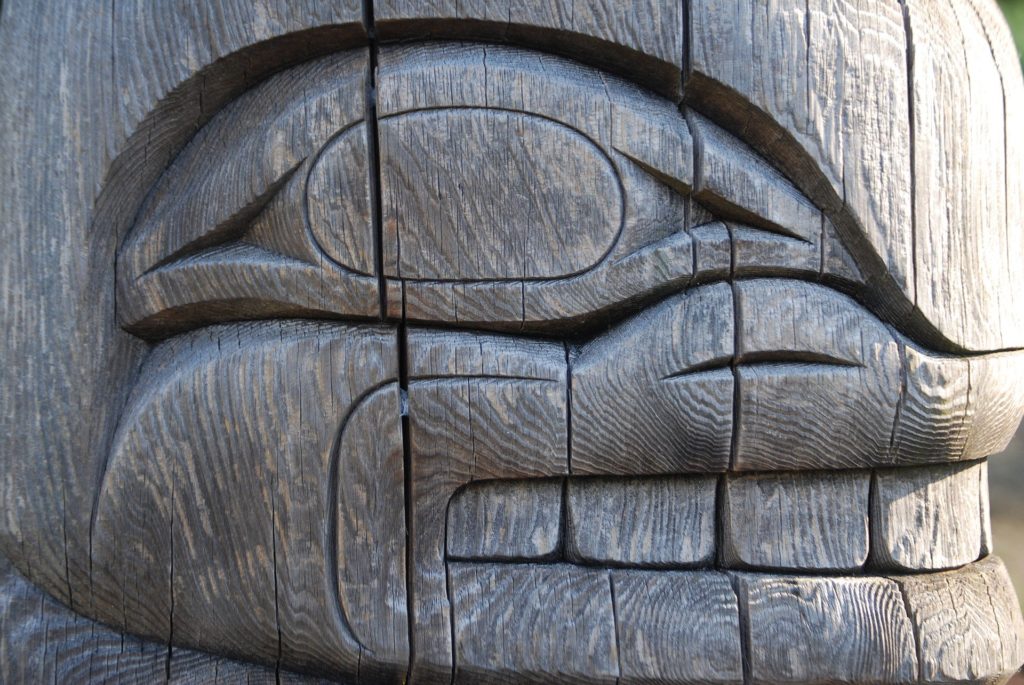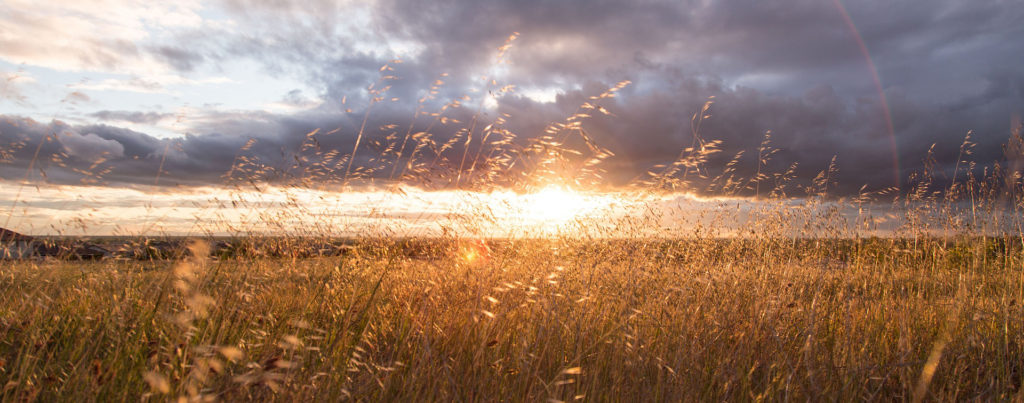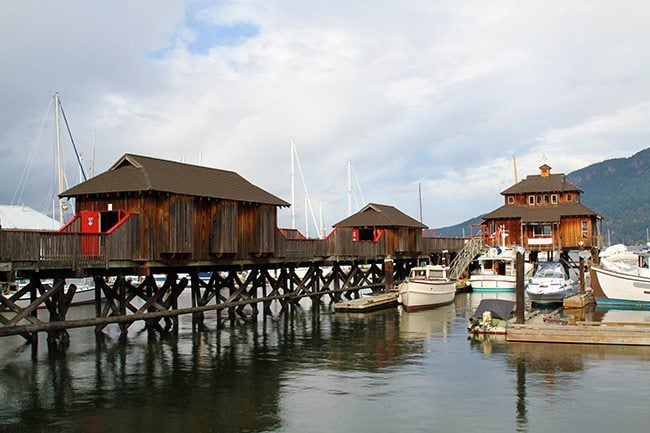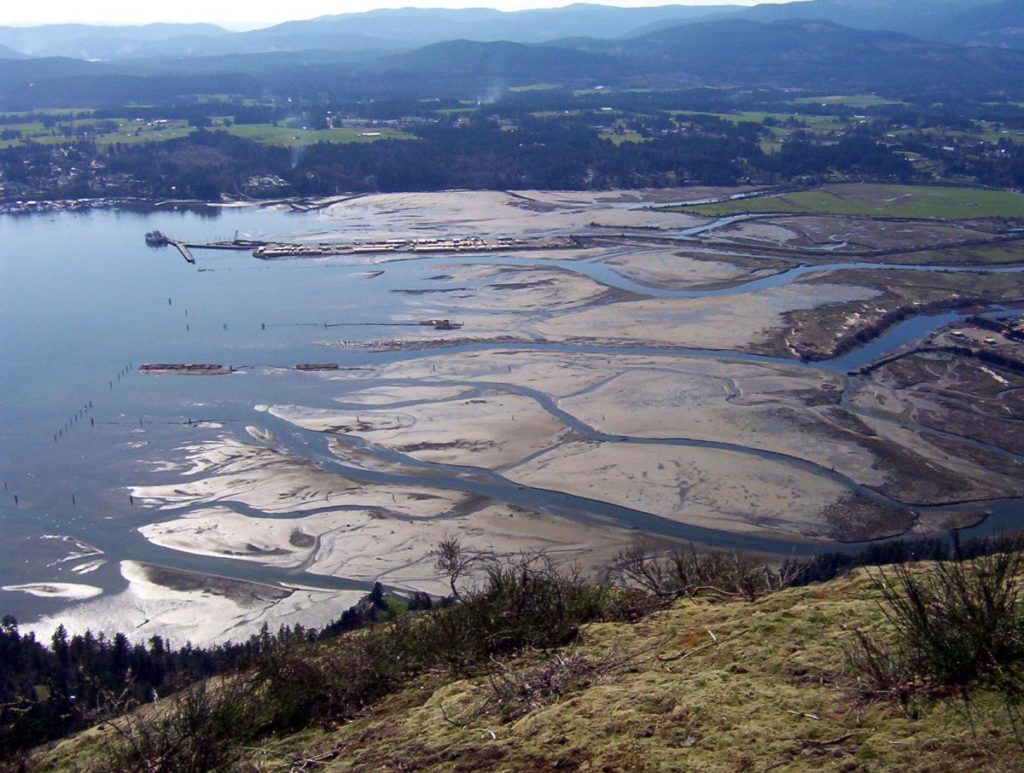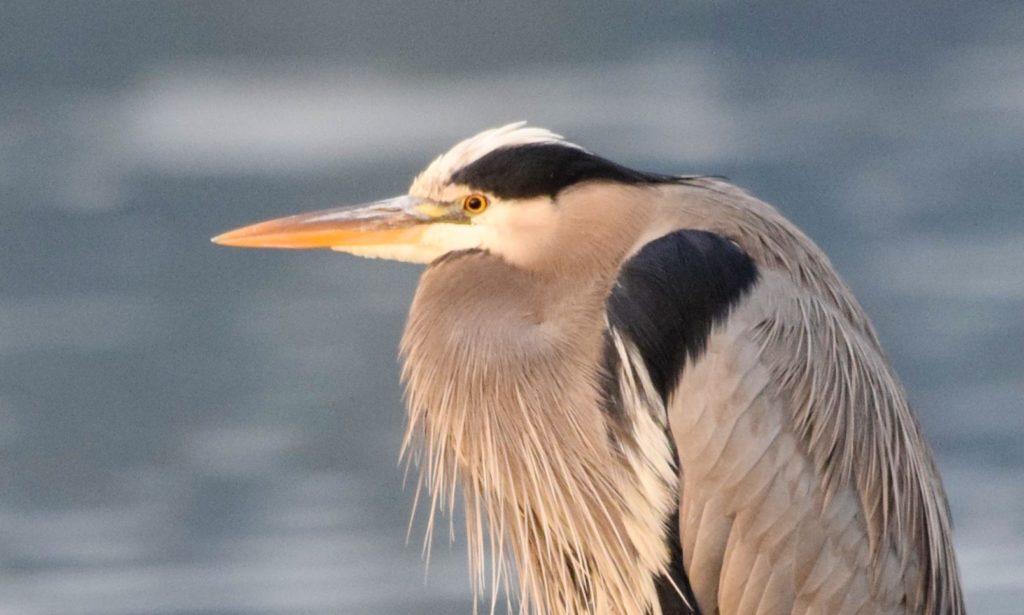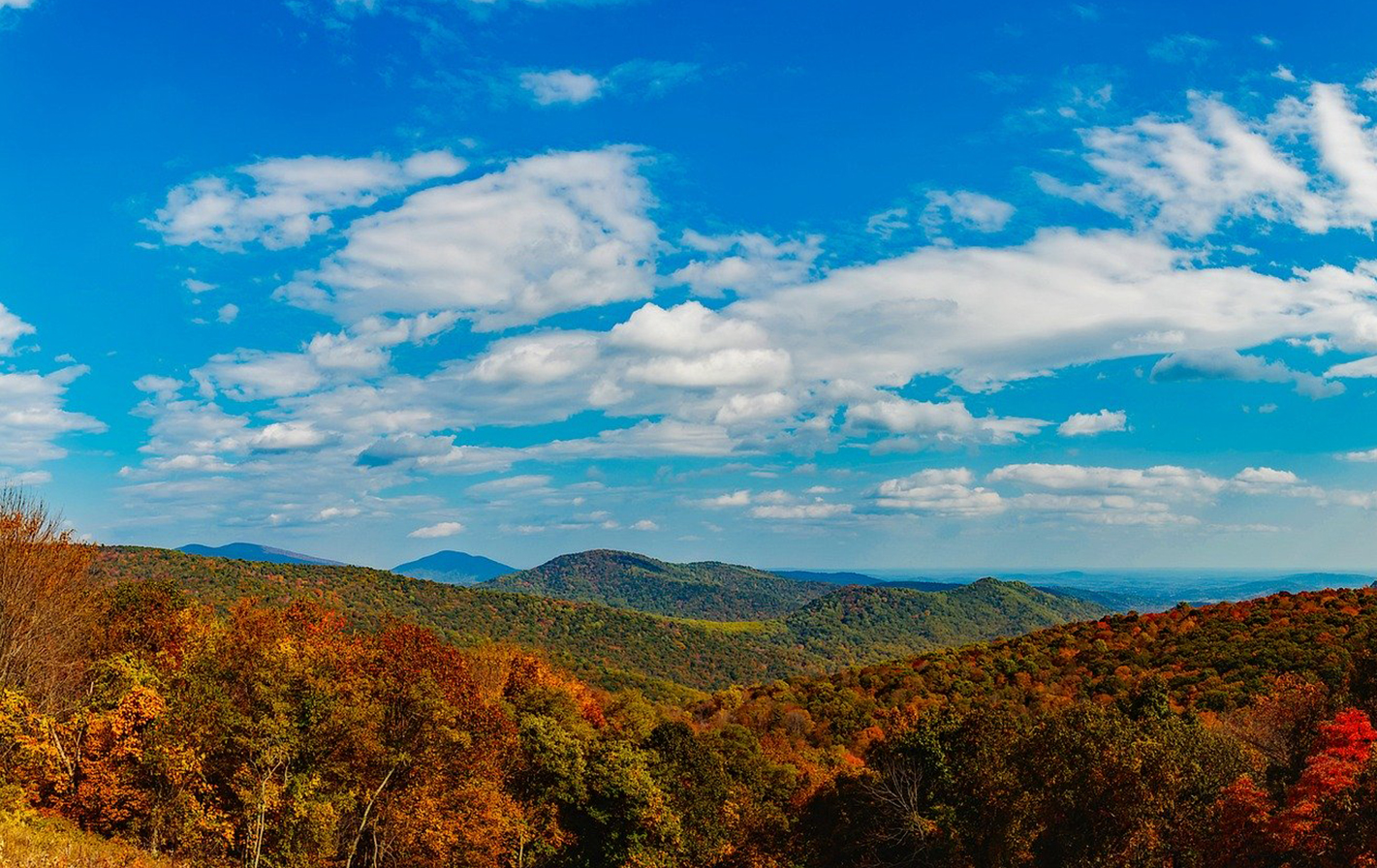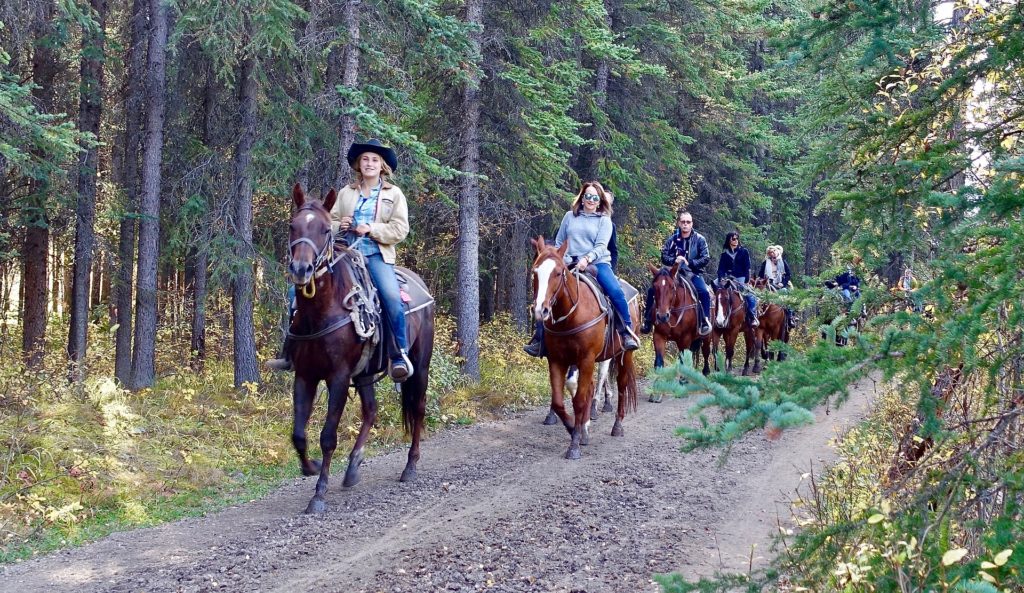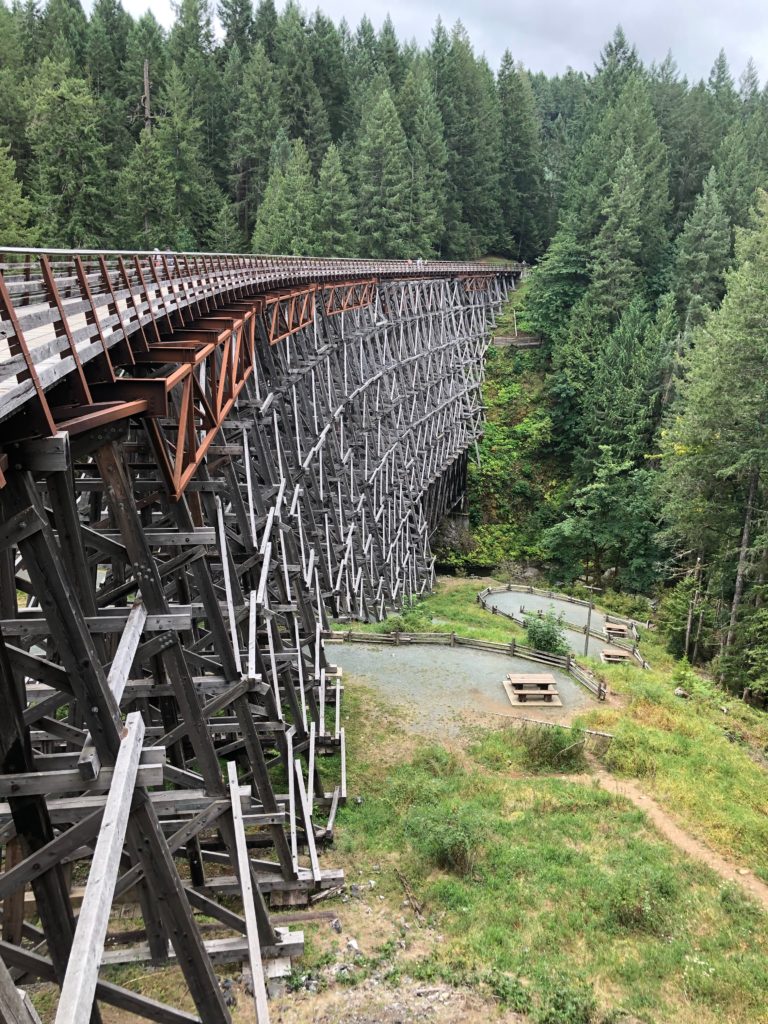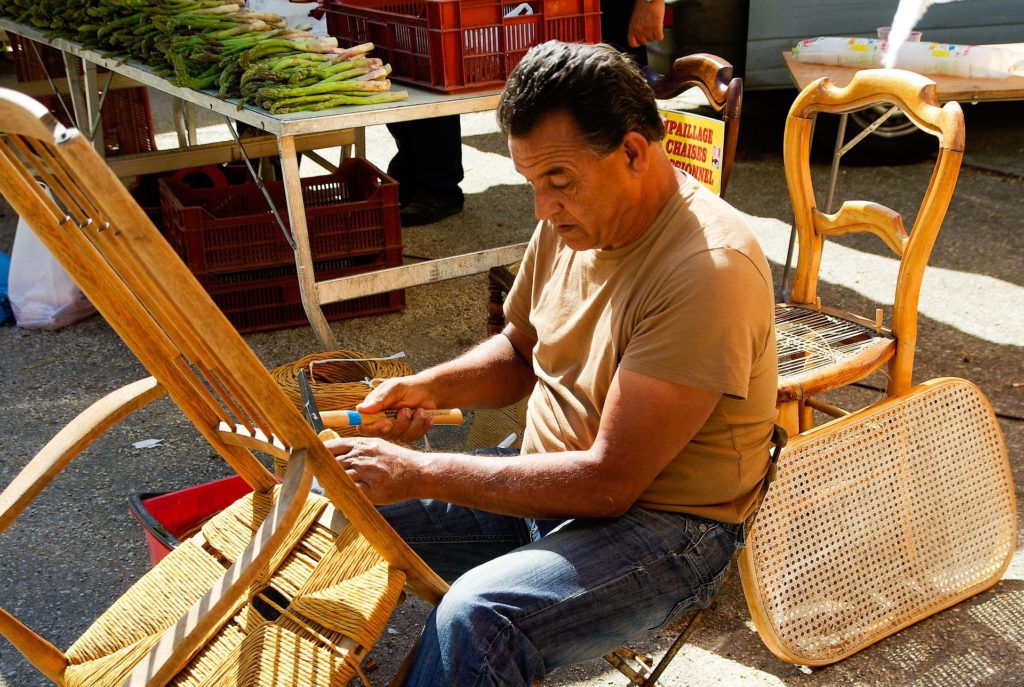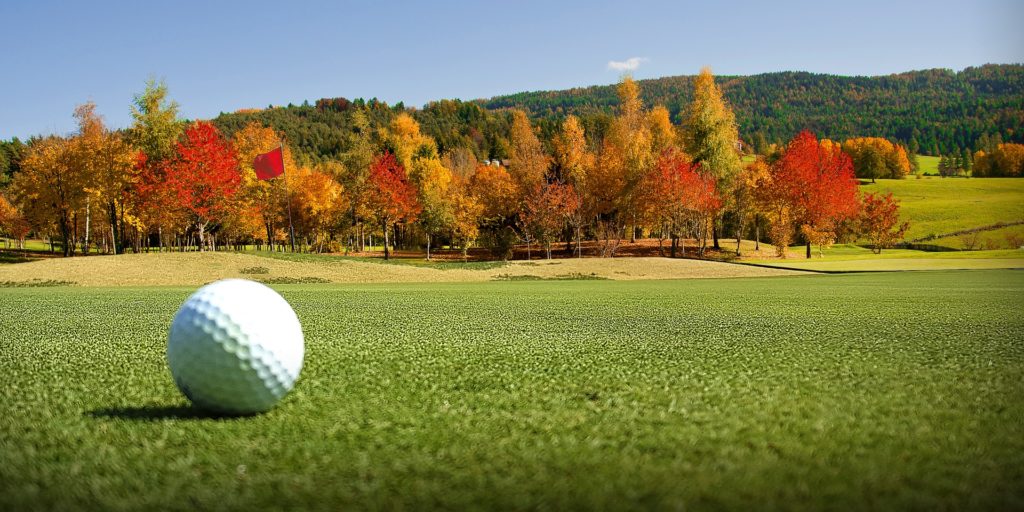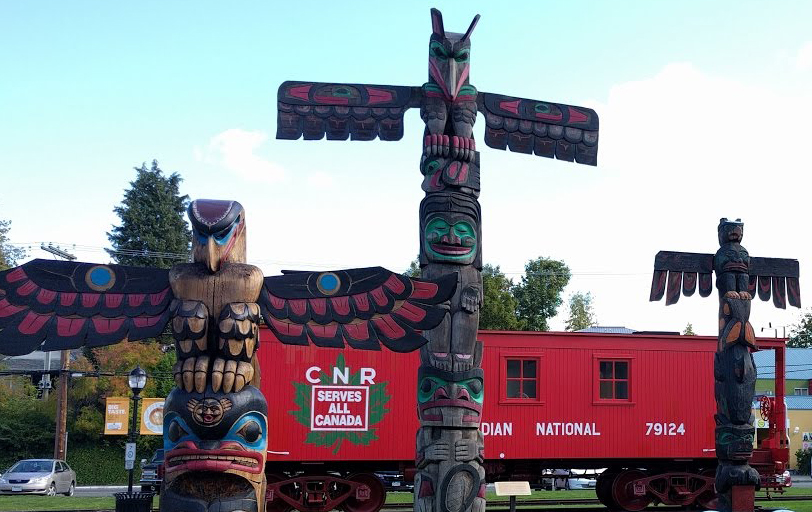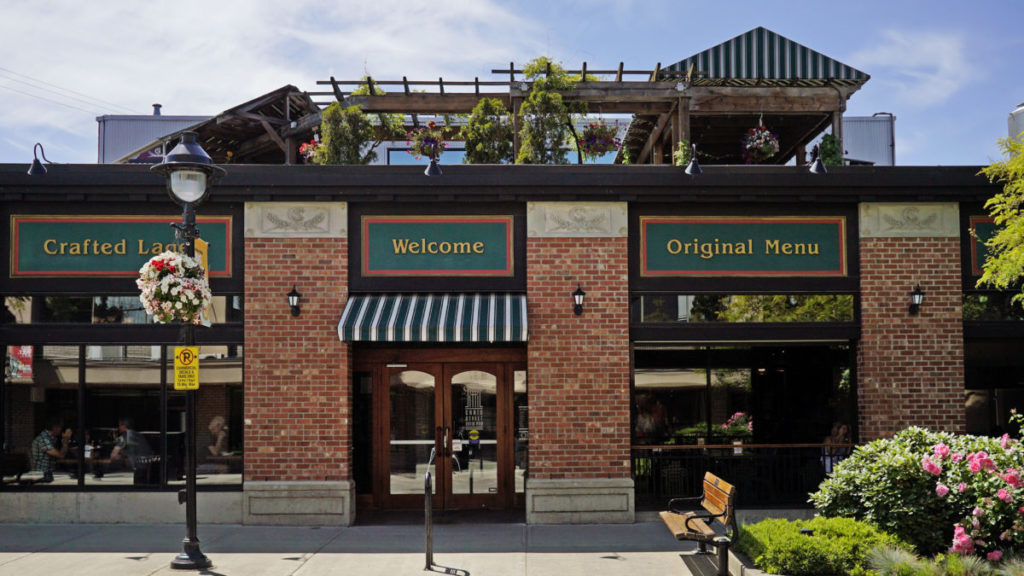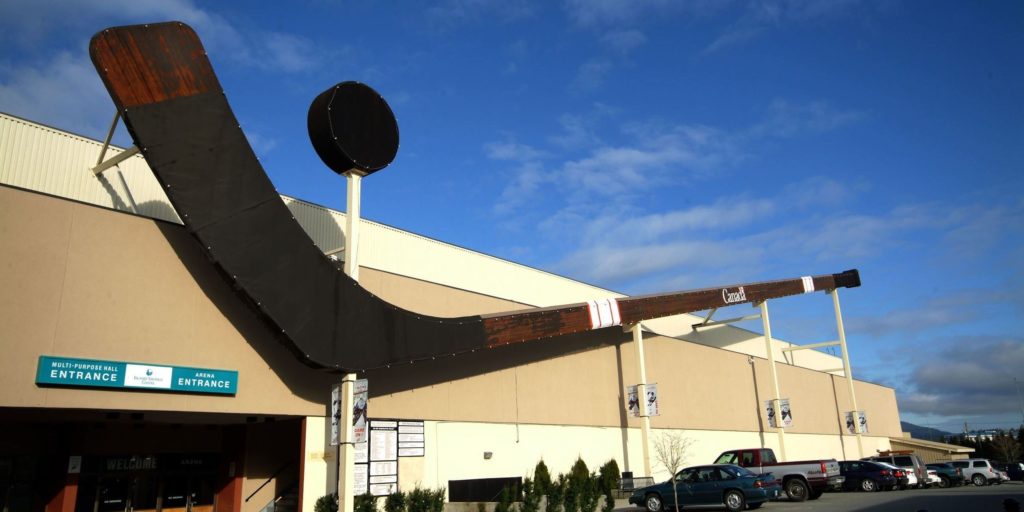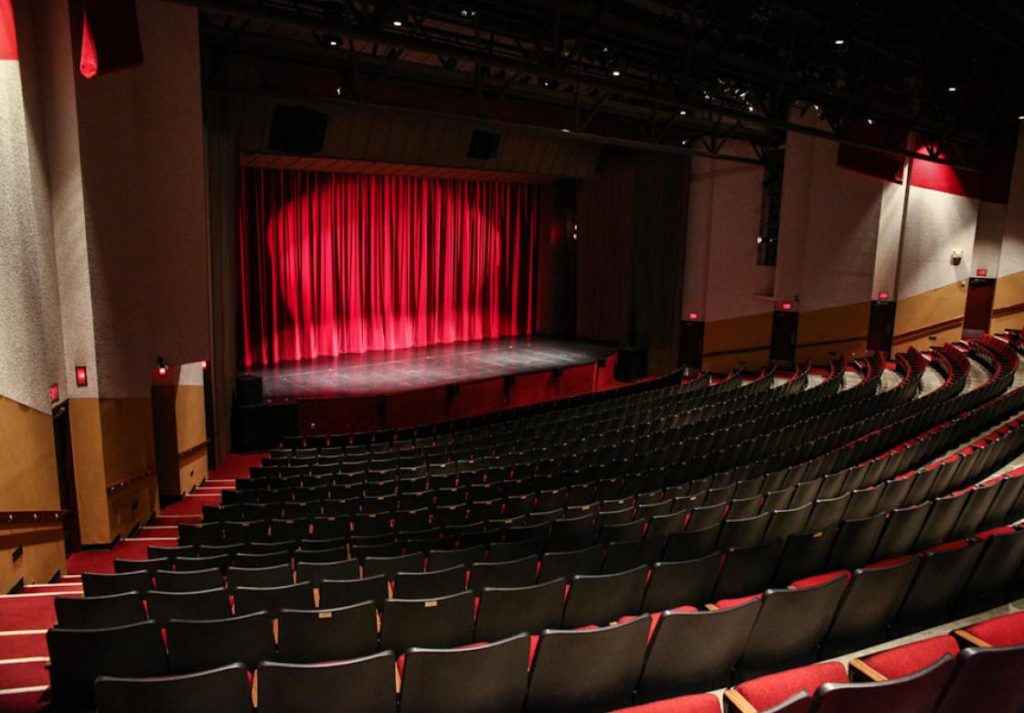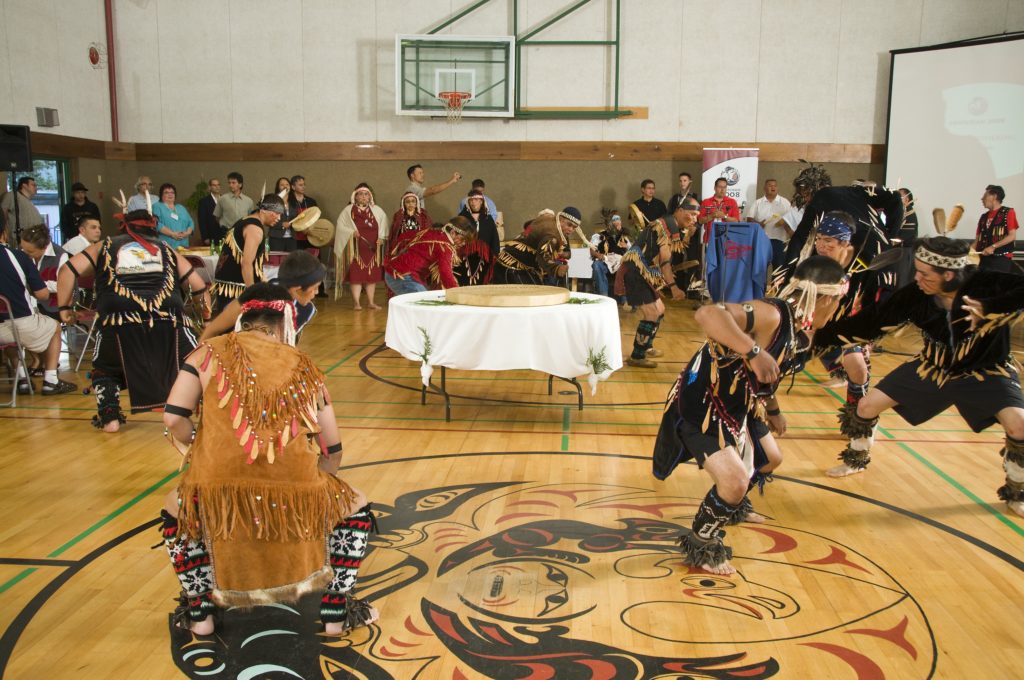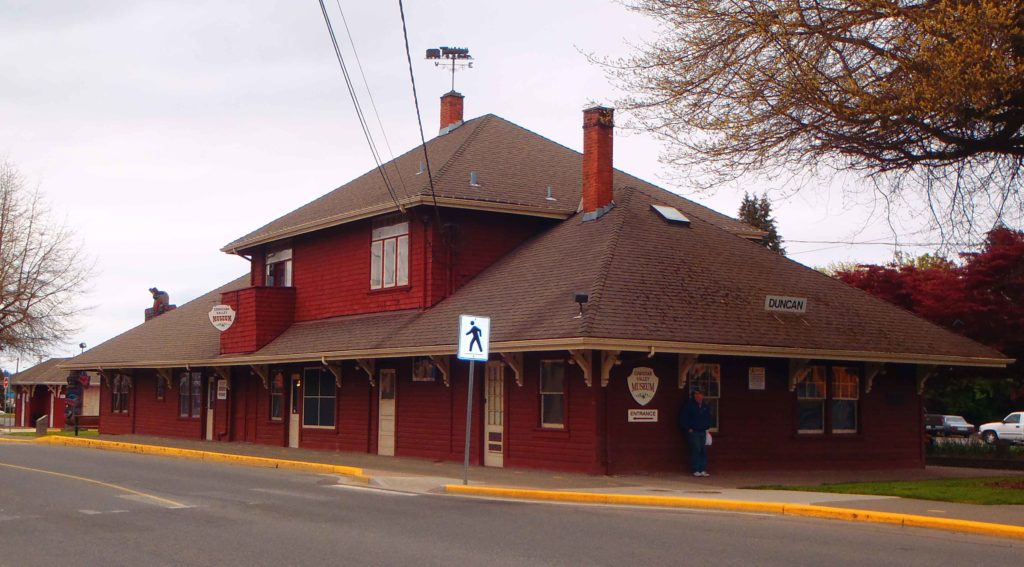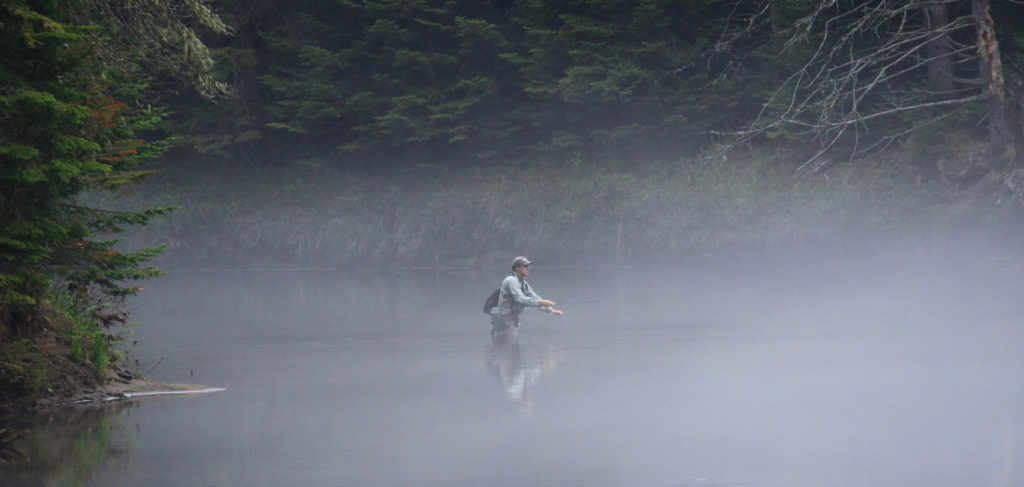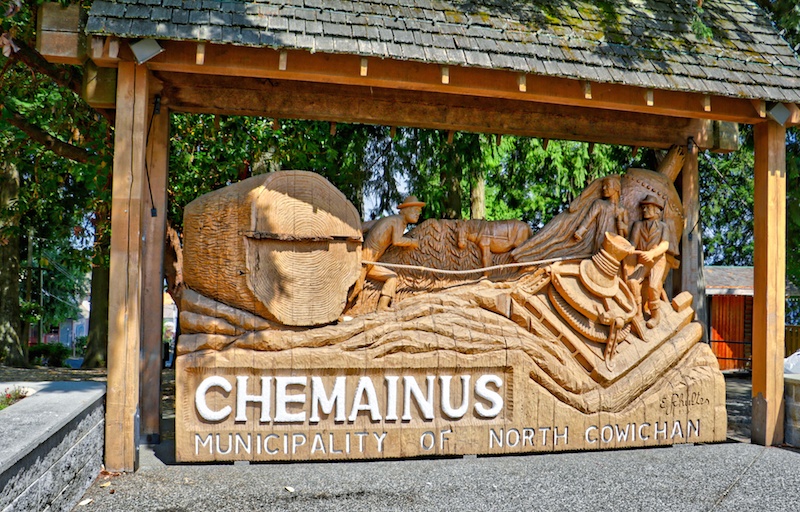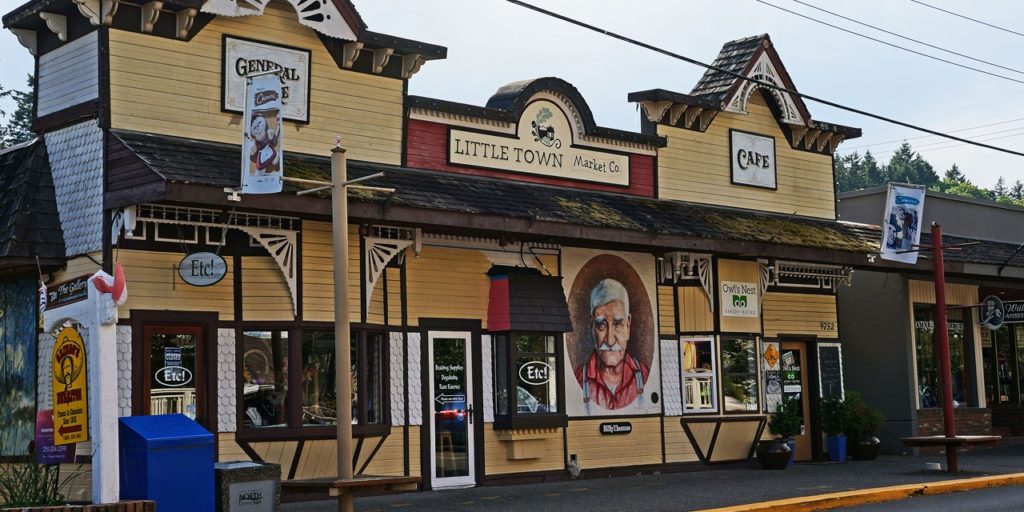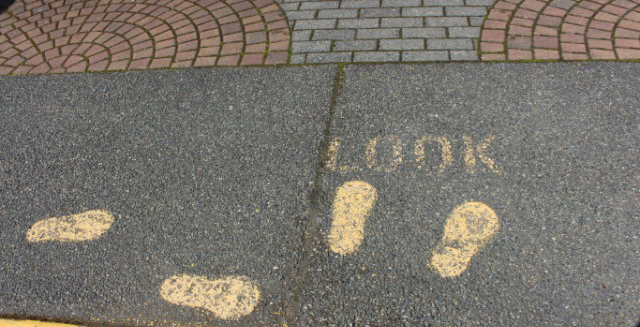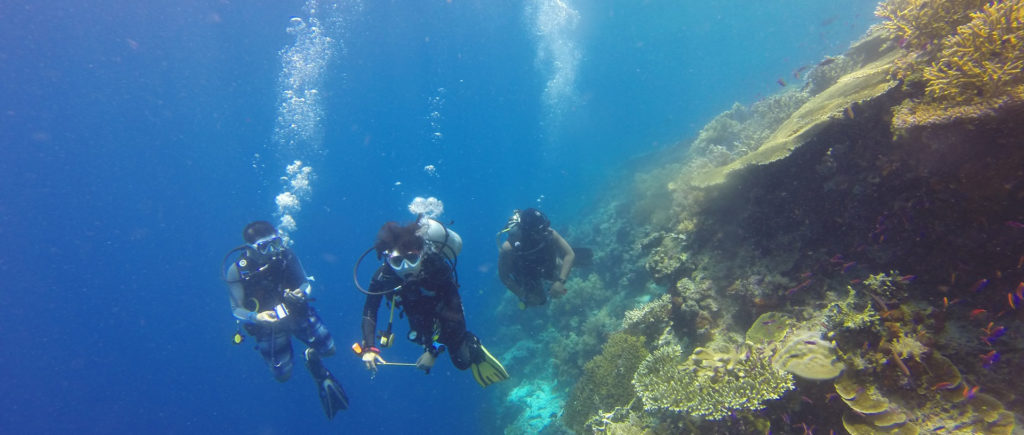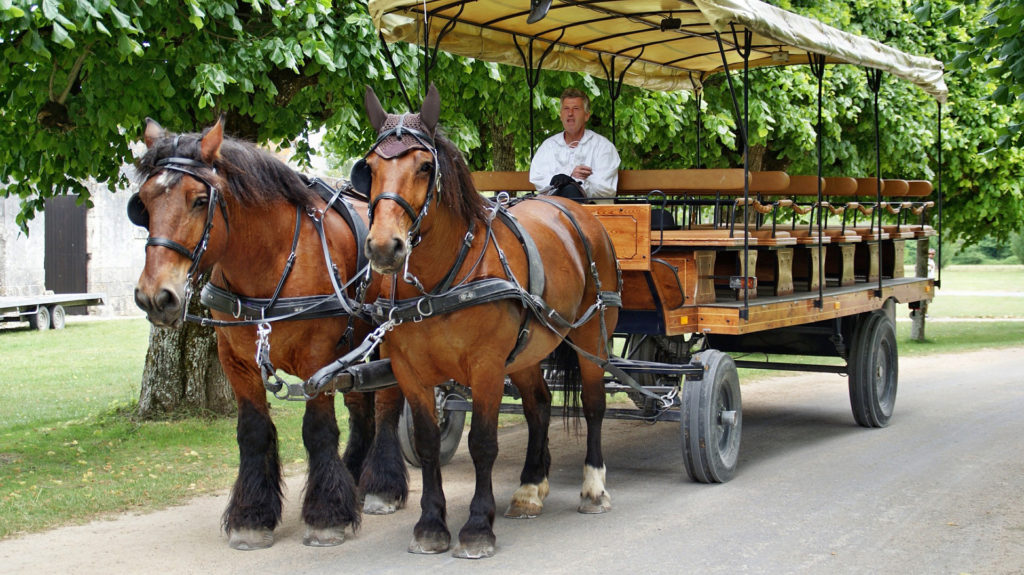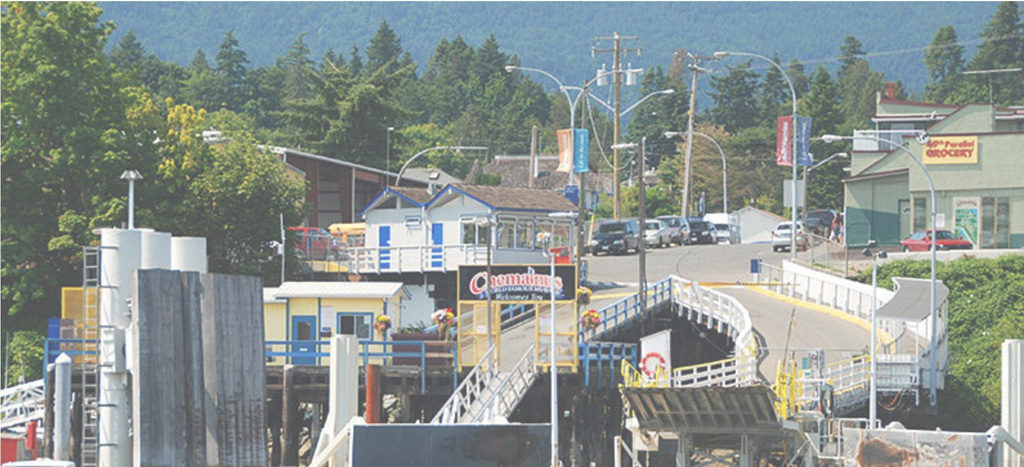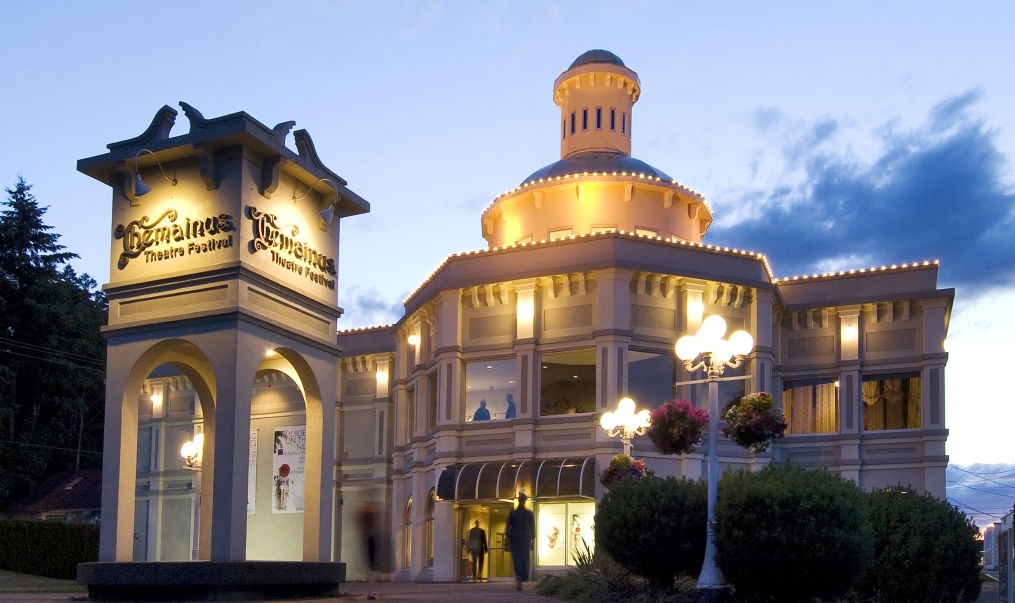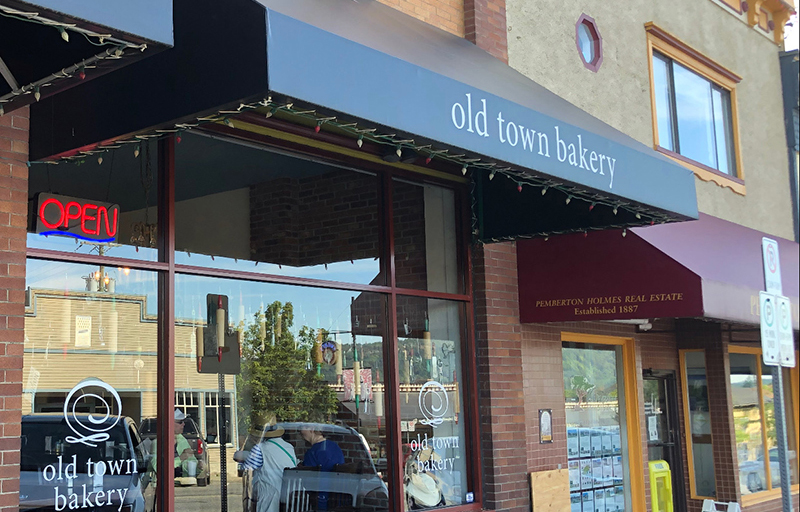
Ladysmith is just a laid-back, easygoing, West Coast kind of town, nestled between the ocean and the hills. Often considered a “bedroom community” for nearby Nanaimo, the Ladysmith downtown is still vibrant and bustling. It features heritage buildings with modern goods and services, and there are some interesting little restaurants to fit any taste.

But the friendly people are at the heart of the matter. Ladysmith is that kind of small town where people walking down the street will not only make eye contact with you, they’ll actually smile and say hello as well!

Ladysmith rolls up from the Pacific on undulating hills, offering ocean views on just about every street corner. Hardly a day goes by without seeing an eagle or two soaring in the skies. Nestled amid water, forest and mountain, it’s a nature lover’s paradise. Note to gardeners – things grow here, often of their own accord.
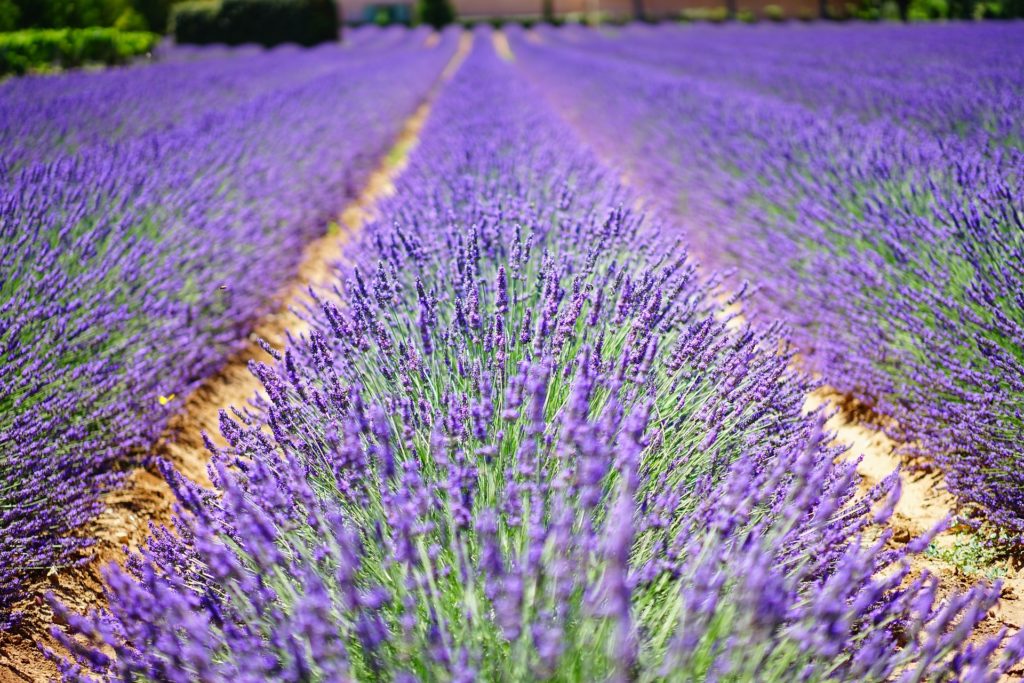
Transfer Beach is a wonderful spot for families to spend the day, with rolling lawns, a giant playground and splash park, and a sand court for beach volleyball enthusiasts. There is also a picturesque amphitheater for community gatherings, concerts, and ‘selfie opportunities’. Kayak rentals are available, and fish are jumpin’.

For a small town, Ladysmith certainly has a wide variety of cuisine on offer in local eateries. There are well-established family restaurants, coffee shops and pubs, an Indian restaurant and a Tapas bar, plus a few sushi and teriyaki options to round out your available choices over and above the regular fast-food chains. There’s even a vegan restaurant AND a gluten-free café!

Ladysmith residents enjoy doing things outdoors, all year round. Family-fun celebrations in the summertime include Ladysmith Days, Logger Sports, the Maritime Festival and Arts on the Avenue – and of course the annual “Brits on the Beach” and “Ladysmith Show and Shine” automobile love-ins.
But the undisputed champion of Ladysmith events has to be the Festival of Lights, when the charming downtown shops and streets are illuminated with a blaze of holiday brilliance all through December and January. And it all kicks off with the Light-Up Parade on the last Thursday in November, where – for one evening – the population of Ladysmith nearly doubles as people come from far and wide to watch Santa flip the switch and kick off the holiday season.

For the cultured soul, Ladysmith has an Art Gallery, a Museum, and a “Little Theatre”. The High School music and drama programs are also excellent, if you’re fortunate enough to get a ticket to a performance.
So if you’re looking to relocate to an incredibly friendly small town that’s abuzz with lots of social activities, great schools and programs for the kids – and plenty to eat – then Ladysmith may be just the town for you!

